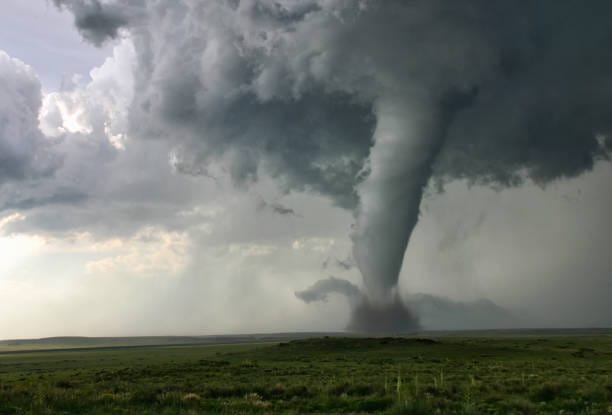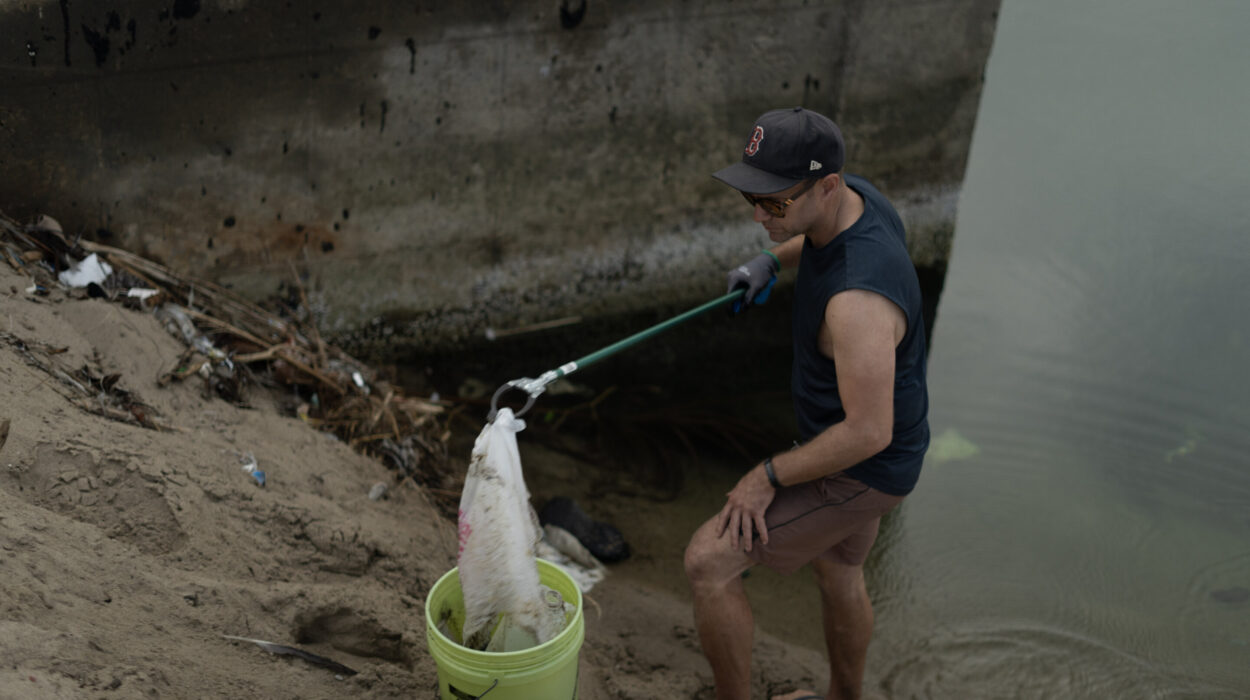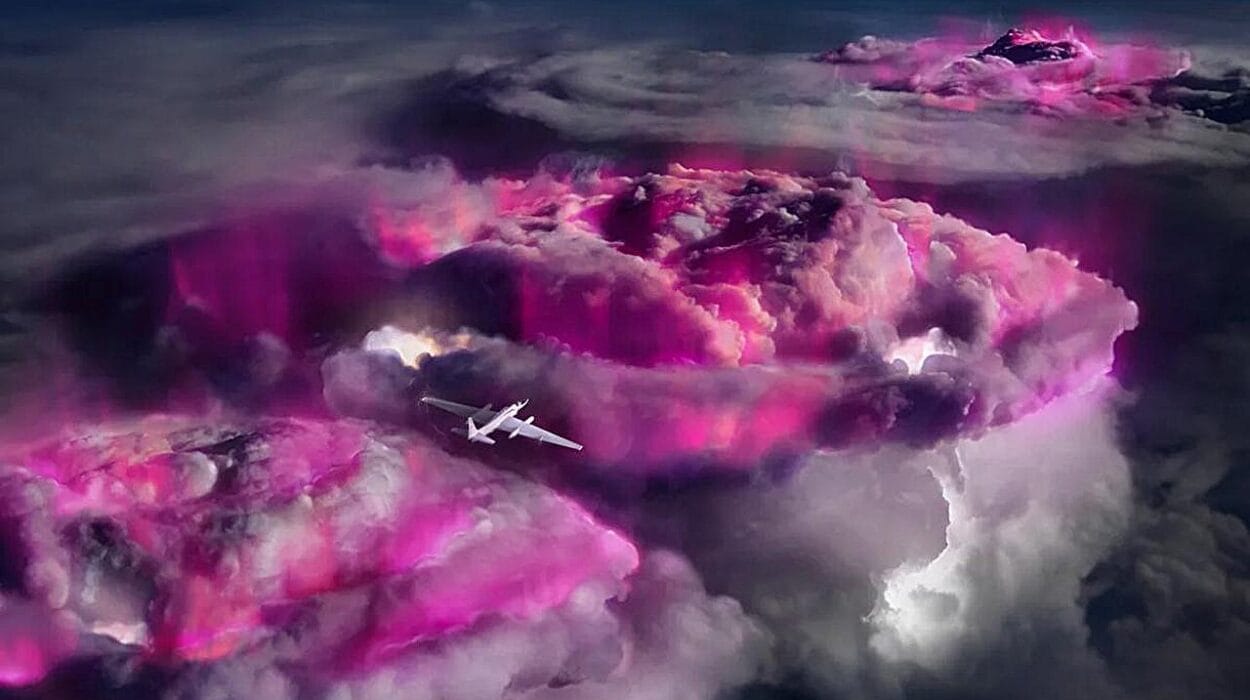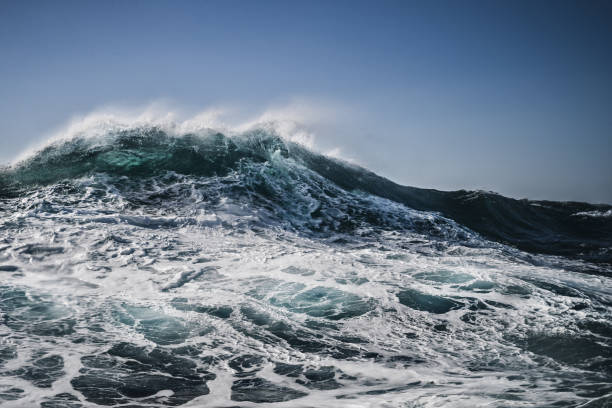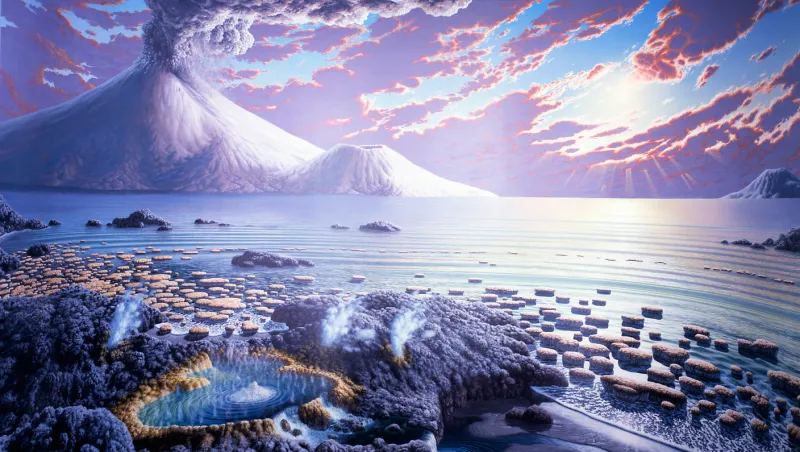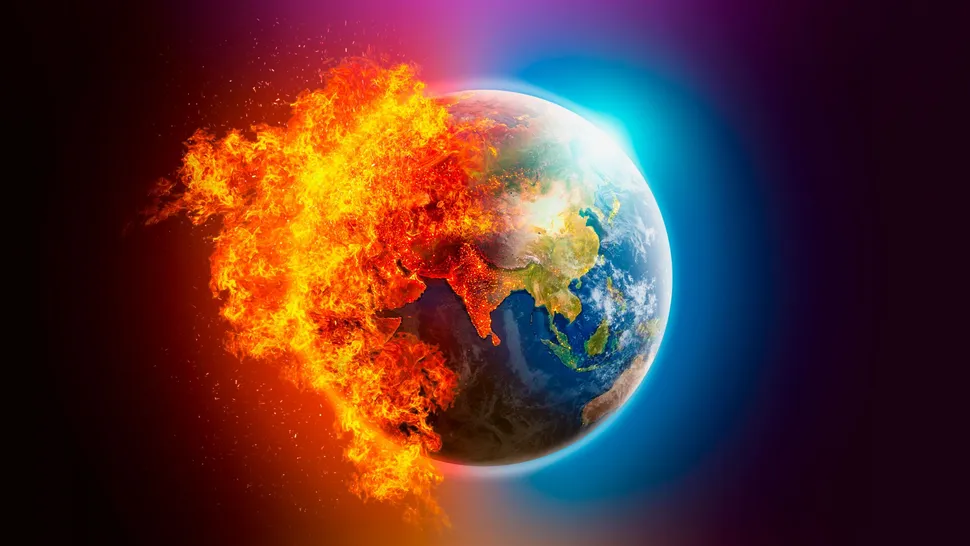There is a certain stillness that settles before a severe storm — a quiet so deep it almost hums in the air. The clouds gather like dark thoughts, rolling across the horizon with a purpose that feels ancient and inevitable. For those who live in tornado-prone regions, this is a familiar prelude: the colors of the sky shift, the wind changes its voice, and nature prepares to unleash one of its most spectacular and terrifying displays. Year after year, these moments pull our attention like few other natural events, and each tornado season renews our collective fascination.
Tornadoes are more than meteorological phenomena; they are a meeting point between science, awe, and raw survival instinct. They emerge from the chaos of the atmosphere, sculpted by wind shear and instability, and they remind us, with each funnel that touches down, of both our vulnerability and our curiosity. This duality — fear intertwined with fascination — is part of why interest in tornadoes and severe storms never fades, no matter how many seasons pass.
The Anatomy of a Twister
A tornado begins its life inside a thunderstorm, and not just any thunderstorm — usually a supercell, the towering, rotating giants of the sky. In these storms, warm, moist air near the surface collides with cooler, drier air above. Wind at different altitudes blows at varying speeds and directions, creating horizontal tubes of rotating air. A powerful updraft can tilt this rotation from horizontal to vertical, setting the stage for a mesocyclone, the spinning heart of a supercell.
From here, the process narrows. If conditions align just right — if the rotation tightens, if the updraft remains strong, and if the surrounding atmosphere supports it — a funnel cloud descends. When it touches the ground, it becomes a tornado, an engine of wind that can carve destruction in seconds. Wind speeds in the most violent tornadoes can exceed 300 miles per hour, turning debris into deadly projectiles and leveling well-built structures.
The science of tornado formation is still full of mysteries. We know much about the broad conditions that make them possible, but the precise triggers that decide whether a storm will produce a tornado remain elusive. That uncertainty is one reason the public’s interest remains so high — each storm is a unique and unpredictable performance.
A Global Phenomenon with a Local Identity
Though tornadoes occur on every continent except Antarctica, their identity is strongly tied to the United States, particularly the region known as “Tornado Alley,” which stretches from Texas through Oklahoma, Kansas, and Nebraska. The geography of this area — flat terrain, proximity to warm Gulf moisture, and the meeting of cold air from Canada with dry air from the Rockies — creates an ideal stage for tornado production.
In the U.S., tornadoes are not merely weather events; they are part of cultural memory. Communities remember the big storms: the Tri-State Tornado of 1925, the Super Outbreak of 1974, Joplin in 2011, Moore in 2013. These names and dates carry weight, etched into local history alongside the personal stories of loss and survival.
In other parts of the world — Bangladesh, Argentina, South Africa, and parts of Europe — tornadoes also claim lives and shape communities, but they often receive less global attention. The U.S. remains the epicenter of tornado research and media coverage, which helps explain why interest spikes here more dramatically during the spring and early summer months.
The Season’s Pulse
Tornado season is not a strict calendar event; it shifts depending on geography. In the southern U.S., the highest activity often occurs in March and April. In the central plains, the peak moves into May and June, while the northern plains and Midwest see their greatest activity in June and July. This staggered timing means that for weather enthusiasts, storm chasers, and local residents, there’s a rolling wave of anticipation as the season marches northward.
Every year, as the first storm chasers post images of towering cumulonimbus clouds and the first tornado warnings flash across weather apps, interest surges. News stations dedicate airtime to radar images and live storm reports. Social media floods with videos of rotating wall clouds and siren-filled skies. The returning season feels both familiar and suspenseful — familiar because the patterns are known, suspenseful because no one can predict exactly where the worst will strike.
The Lure of the Chase
For some, interest in tornadoes is not merely passive. Storm chasers — a mix of scientists, photographers, and thrill-seekers — actively pursue severe storms, driving hundreds of miles in a single day to intercept them. The motivations vary: some seek to collect data that could save lives, others to capture the perfect photograph or video, and some simply for the adrenaline rush of witnessing raw nature at its peak.
Chasing is both science and art. It requires reading radar signatures, understanding storm structure, and making split-second decisions about road networks and storm motion. A wrong call can mean missing the tornado or, worse, driving into danger. Yet, despite the risks, each season brings a new migration of chasers to Tornado Alley, their vehicles bristling with cameras, instruments, and weather radios.
The culture of chasing has only intensified public interest. High-definition footage, live-streamed tornado intercepts, and viral social media posts bring the storms into millions of living rooms in real time. The awe is contagious — even for those watching from the safety of hundreds of miles away.
The Psychology of Fascination
Why do people remain so drawn to something so dangerous? Part of the answer lies in human psychology. We are wired to pay attention to threats; it’s a survival mechanism. Severe storms trigger that instinct, but unlike many dangers, they are also spectacularly beautiful. A rotating supercell is a masterpiece of atmospheric architecture, and tornadoes themselves — with their twisting columns and ghostly veils — hold a strange, hypnotic beauty.
There is also the allure of rarity. For most people, seeing a tornado in person is a once-in-a-lifetime event, if it happens at all. This rarity makes them all the more compelling in photos and video, and when a new tornado season begins, there’s a shared sense of curiosity: Where will they strike this year? How strong will they be? Will there be records broken, or unusual events to study?
Media Amplification
The modern media landscape has amplified storm season interest to unprecedented levels. In earlier decades, images of tornadoes were scarce, appearing only in newspapers or occasional television footage. Today, smartphones, drones, and instant online sharing mean that every significant storm is documented from multiple angles. Dramatic videos of massive wedges or rope-like funnels sweeping across the plains can go viral within minutes.
Television networks run storm specials, documentaries, and real-time coverage. Weather apps send push notifications for every severe thunderstorm warning. This saturation ensures that even those living far from tornado-prone areas feel connected to the season’s unfolding drama.
The Science of Safety
Interest spikes not just because tornadoes are visually and emotionally powerful, but because each season carries a direct relevance to public safety. Advances in meteorology have steadily improved warning times, but predicting exactly where and when a tornado will strike remains challenging. The National Weather Service and private meteorologists use Doppler radar, storm spotter networks, and computer models to issue timely alerts, and the public watches closely.
Safety campaigns ramp up each season, reminding people of the basics: where to shelter, how to interpret watches and warnings, what to keep in an emergency kit. For those who have lived through past storms, these reminders are deeply personal. Every year’s interest is partly fueled by memory — of sirens, of radio broadcasts, of moments spent huddled in basements or interior rooms.
Lessons in Resilience
Each tornado season writes new stories of destruction and resilience. Entire neighborhoods may be swept away, yet survivors emerge from rubble, strangers rush to help, and communities rebuild. This cycle of loss and recovery is part of the enduring narrative. It reinforces the human capacity to endure and adapt, even when faced with nature’s most violent moods.
Interest spikes not only in the approach of storms but also in their aftermath. News coverage of rebuilding efforts, charity drives, and survivor interviews keeps the conversation alive long after the funnels have disappeared. For many, following these stories is a way of participating in the healing process, of offering empathy from afar.
The Storms Ahead
As climate change continues to influence global weather patterns, scientists are studying how tornado behavior might be shifting. While the total number of tornadoes each year varies, there is evidence that the geographical distribution of tornado activity may be changing, with more outbreaks occurring in areas east of the traditional Tornado Alley. This research, still ongoing, adds another layer of urgency and public interest to each passing season.
The future of tornado science holds both challenges and promises. Advances in radar technology, satellite observation, and atmospheric modeling may one day allow for more precise warnings, reducing fatalities and injuries. But no matter how advanced our understanding becomes, tornadoes will likely retain their mystique — the blend of beauty, danger, and unpredictability that has captured human imagination for centuries.
A Perennial Fascination
Season after season, the storms return. They come with their own personalities — some quick and violent, others long-lived and wandering. They inspire fear, respect, and awe in equal measure. And each year, as the first warm fronts clash with lingering cold, we find ourselves once again looking to the skies, drawn to the unfolding drama.
Our interest in tornadoes and severe storms is a testament to something deeply human: the desire to understand the forces that shape our world, the need to bear witness to nature’s extremes, and the instinct to prepare for what we cannot control. In the end, the storms remind us of our place in the larger story of the Earth — small, fragile, yet endlessly curious.
